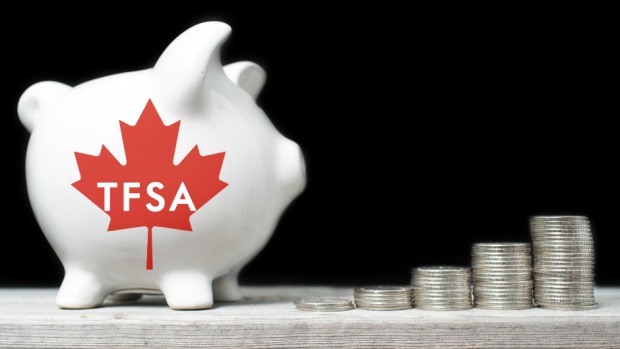Mar 24, 2016
TFSA eclipses RRSP in federal budget
By Dale Jackson

ANALYSIS: Sometimes it’s what we don’t hear that has the biggest impact on our lives.
Tuesday’s federal budget made no noticeable mention of the tax-free savings account, yet its presence looms large in the Liberals’ charge to tax the rich.
When it comes to long-term retirement planning, the shift in marginal tax rates elevates the TFSA to a more equal footing with the much-loved registered retirement savings plan - making them a potential tax saving power-couple.
Here are the changes: starting this year, the Federal tax rate on personal income between $44,700 and $89,400 has been lowered to 20.5 per cent from 22 per cent. The tax rate on income over $200,000 has been raised to 33 per cent from 29 per cent.
On the surface that’s good for middle-income Canadians and bad for higher-income Canadians. But the opposite is true if those individuals contribute to their RRSPs because those contributions result in a tax reduction equal to their highest tax bracket. In other words; a $10,000 contribution in a 20.5 per cent tax bracket lowers taxable income by $2,050. A $10,000 contribution in a 33 per cent tax bracket lowers taxable income by $3,300.
The RRSP, however, has its faults. Annual contributions are currently limited to 18 per cent of the previous year’s income or $24,930 (whichever is lowest). It’s important to note, though, that unused contribution space in any given year can be accumulated and be deducted against income in future years.
It’s also important to keep in mind that the RRSP is merely a tax shelter and contributions, along with any gains they generate through the years, are fully taxed when withdrawn. If your RRSP grows too much you will eventually be forced to make minimum withdrawals in a bigger tax bracket, and even risk claw-backs from Old Age Security benefits
For the long-term investor the challenge is to contribute to an RRSP in a high tax bracket and withdraw in a low tax bracket.
And that’s where the TFSA comes in. TFSA contributions cannot be deducted against taxable income but those contributions, along with any investment gains they generate, are never taxed.
Canadians in low tax brackets - especially young Canadians - would be wiser to make their TFSAs a higher priority while banking up RRSP contribution space in the hope their income rises in the future, and the tax benefit will be bigger.
Sure, the RRSP still has the advantage of tax-free growth in any tax bracket, but that only applies if the tax refund is re-invested.
A good RRSP/TFSA split allows retirees to withdraw from their RRSPs in a low tax bracket and top up whatever they need from their TFSAs without taxation.
The total allowable contribution limit since the inception of the TFSA has reached $46,500. TFSA holders may have been disappointed when the Liberals lowered the 2016 increase to $5,500 from $10,000; but the Liberals have still vowed to raise it each year going forward. If they make good on that promise the TFSA will eventually be on an equal footing with the RRSP.
If the deficit-bound Liberal government is intent on shifting marginal tax rates toward the rich, it will be good to be tax-poor.




